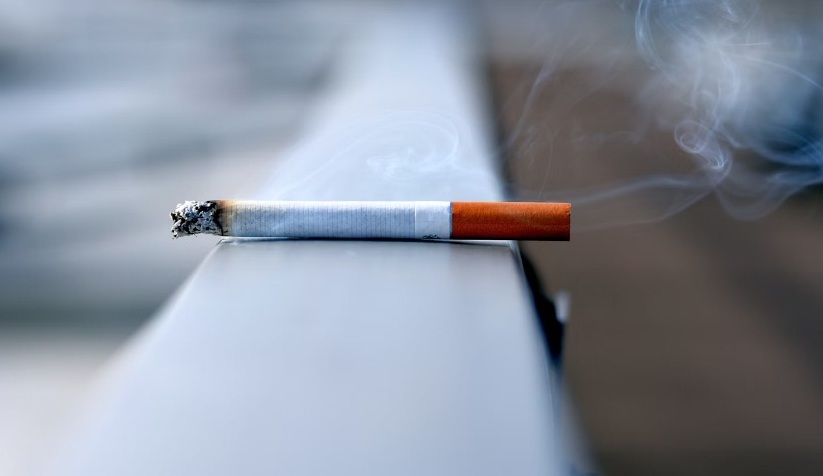In an attempt to prevent tobacco and substance abuse among students and youth, the Department of School Education and Literacy (DoSEL) of the Ministry of Education has directed states and Union Territories to strictly enforce rules and guidelines that keep areas around educational institutions free of tobacco, alcohol, and drugs.
A nationwide enforcement drive, issued by Sanjay Kumar, Secretary, DoSEL, comes after the 8th Apex Committee meeting of the Narco-Coordination Centre (NCORD), which was held on May 15. The urgent need to safeguard young minds from harmful substances was the focus of the meeting which called for coordinated efforts between education and law enforcement departments.
Tobacco-Free Educational Institutions (ToFEI) Guidelines
The Ministry of Education is implementing the Tobacco-Free Educational Institutions (ToFEI) Guidelines. As part of this, schools and colleges must follow certain instructions to keep campuses tobacco-free:
Display ‘Tobacco Free Area’ signage inside the premises
Display ‘Tobacco Free Educational Institution’ signage at the entrance or boundary
No evidence of Tobacco use in the premises
Display awareness materials showcasing the harmful effects of tobacco
Conduct at least one tobacco control activity every six months
Nominate Tobacco Monitors
Include Tobacco-Free Policy in School Code of Conduct
Apart from the above, schools and colleges will have to collaborate with local authorities to mark a yellow line 100 yards around premises to designate a tobacco-free zone and ensure no shops or vendors sell tobacco products within that 100-yard zone.
Support from school management, teachers and parents
The Ministry has emphasized that School Management Committees (SMCs), teachers, and parents should play an active role in supporting this mission. By spreading awareness and reporting violations, communities can help create safe spaces for students to learn and grow.
State govt should ensure no tobacco products are sold near educational institutions
Starting May 31, 2025 — World No Tobacco Day — and continuing until June 26, 2025 — International Day Against Drug Abuse and Illicit Trafficking — states/UTs have been urged by the Centre to launch a month-long enforcement drive to enforce Section 6(b) of the Cigarettes and Other Tobacco Products Act (COTPA), 2003, which bans:
The sale of tobacco products within 100 yards of educational institutions
The sale of tobacco to or by minors
States are also encouraged to develop a clear Standard Operating Procedure (SOP) that allows school and college staff to report violations directly and without fear to local police.
Tobacco consumption among India’s youth
The Global Youth Tobacco Survey (GYTS-2), 2019, revealed that 8.5% of Indian students aged 13–15 were using tobacco in some form. Even more alarming is the fact that over 5,500 children in India start using tobacco every single day.
Tobacco use is often the gateway to more dangerous substances. Most adult users begin during adolescence, and many are able to buy these products easily from shops near schools, despite existing laws.
Initiatives by Govt of India to prevent tobacco/alcohol consumption among youth
The Health ministry has been actively working to reduce the tobacco use among India’s youth. Under Section 6 of the Cigarette and Other Tobacco Products Act (COTPA), 2003, tobacco products cannot be sold to youth aged below 18 years. Under this Act, selling of tobacco products within 100 yards of any educational institutions is also prohibited.
As per the Section 77 of the Juvenile Justice Act, 2015 enacted by Ministry of Women and Child Development, giving intoxicating liquor (alcohol) or any narcotic drug or tobacco products or psychotropic substance to a child under 18 years of age, except by a doctor’s order, is prohibited and punishable.
The Health ministry enacted Prohibition of Electronic Cigarettes Act (PECA), 2019 to prohibit the production, manufacture, import, export, transport, sale, distribution, storage, and advertisement of electronic cigarettes and similar devices, which are harmful and has potential for initiating tobacco use amongst youth.


